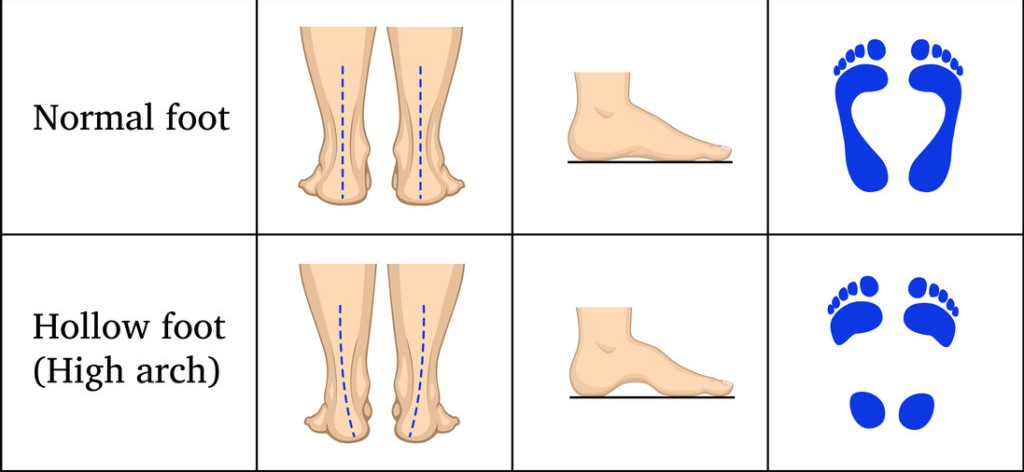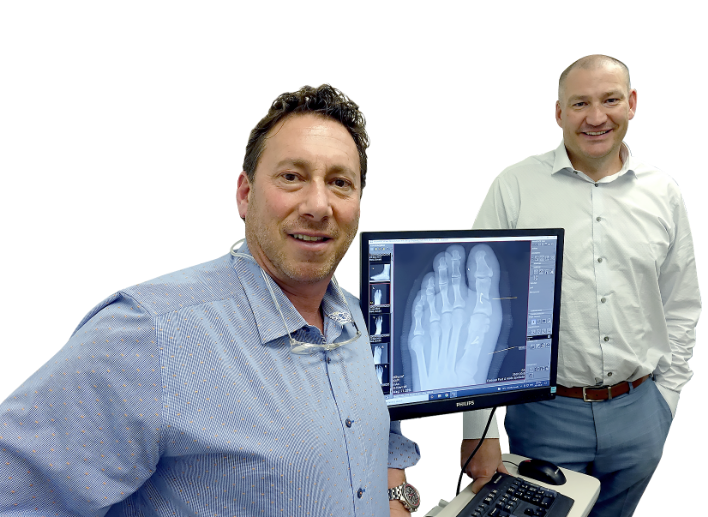Share Post
Problems to Look Out for With High Arches Feet
About High Arches: High arch feet, also known as cavus feet, are characterized by a very high arch in the foot. When walking or standing, the high-arched foot places an excessive amount of weight on the ball and heel of the foot. High arch feet can cause a number of signs and symptoms, including pain and instability. It can appear at any age and in one or both feet.

About High Arches
A neurologic disorder or another medical condition, such as cerebral palsy, Charcot-Marie-Tooth disease, spina bifida, polio, muscular dystrophy, or stroke, is frequently the cause of High arch feet. The High Arch may represent an inherited structural abnormality in other cases of High arch feet.
The underlying cause of high arch feet largely determines its future course, so an accurate diagnosis is critical. If the high arch is caused by a neurological disorder or another medical condition, it is likely to worsen over time. Cases of cavus foot that do not result from neurologic disorders, on the other hand, usually do not change in appearance.
“Even when standing, the arch of High arch feet appears high. Furthermore, one or more of the following symptoms could be present:
- Hammertoes (bent toes) or claw toes are two types of toes (toes clenched like a fist)
- Foot calluses on the ball, side, or heel
- Standing or walking pain
- An unstable foot is a result of the heel tilting inward, which can result in ankle sprains.
Some people with High arch feet may also have foot drop, which is a weakness of the muscles in the foot and ankle that causes the foot to drag when taking a step. Foot drop is usually the result of a neurologic condition.
If self-treatment or home remedy fails to relieve pain and improve stability, surgery may be required and the best option in order to reduce pain, increase stability, and compensate for foot weakness.
Based on the patient’s specific case, the surgeon will select the best surgical procedure or combination of procedures. In some cases where there is an underlying neurologic problem, surgery may be required again in the future due to the disorder’s progression.
If you’re experiencing pain and discomfort in High Arches, consider speaking to our top-rated Podiatrist or Visit Feldman & Leavitt Foot and Ankle Specialists about the best treatment plan for your needs.
As a general rule, surgical bunion procedures are performed on an outpatient basis in an Alberta Health Services (AHS) approve Surgical Center or in a Hospital. Surgical procedural costs are covered by AHS or the patient may opt for private surgery to avoid a waiting time.

